American Vogue recently came under fire after images from the magazine, in which a white American model is dressed up to look like a Japanese Geisha, went viral.
The editorial appeared in the March 2017 edition of the magazine, which Vogue promoted as a ‘celebration of the modern American woman’. Before the print issue’s release, its cover image was published online and was praised for featuring seven ‘diverse’ models, including the first Chinese model ever to appear on the cover of American Vogue.
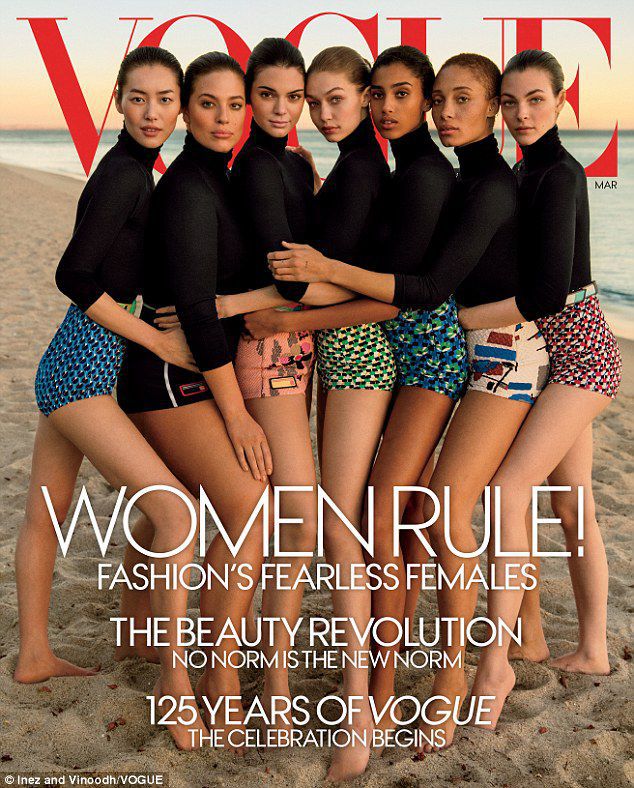
But that praise quickly turned to fierce criticism when people saw the Geisha images, with Vogue facing accusations of cultural appropriation, ‘white-washing’ and ‘yellow face’.
The main criticisms from online commentators were that:
– Vogue made a deliberate decision to employ a white American model instead of a Japanese model
– there were no Japanese people involved in the creative direction of the shoot.
These facts were deemed inexplicable and inexcusable given that the shoot was Geisha themed, shot on location in Japan and was part of an edition of the magazine that purported to celebrate diversity.
The model in the images, Karlie Kloss, publicly apologised “for participating in a shoot that was not culturally sensitive”. Vogue has not released a statement but it has pulled the editorial images from its website.
I’m on the fence on this issue.
I agree that it was a pretty ‘tone deaf’ decision for Vogue to make in 2017, when people are so sensitive to race issues.
However, I don’t know if the intensity of the outrage that’s been directed at Vogue is completely warranted.
My understanding is that the main problem with this editorial is that it speaks to white privilege/entitlement that harks back to colonialism: the non-Japanese Vogue team and non-Japanese model thought it was just fine to plunder Japanese culture for elements they found aesthetically pleasing and useful to their own ends (to sell fashion to American women), apparently without consulting any Japanese people or considering that their actions might be insensitive or hurtful.
It demonstrates a lack of respect for the appropriated culture and an assumption of the superiority of their own. It’s like when a white person wears a costume version of a Native American headdress – a sacred ceremonial garment in Native American culture – to a music festival, just ‘because it looks cool’.
Kloss’ apology is… interesting, too. Apparently she was unaware there was anything wrong with the editorial until she faced the public backlash and it’s only in retrospect that she can see how insensitive it was. Kloss effectively promises, now that she’s been made aware of these issues, she’ll ‘never do it again’. The problem is, she has in fact, done it before and been made aware of it before.
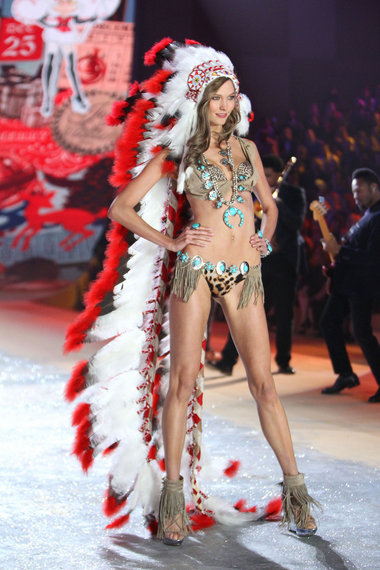
What confuses the whole issue for me is that at least some members of the Japanese community saw nothing wrong with the images. And some Japanese people actually voiced support for what they saw as a celebration and promotion of traditional elements of Japanese culture that need all the help they can get to stay ‘alive’.
I also wonder if this shoot really would have been better received if Vogue had hired a Japanese model instead of a white American. Wouldn’t they still have been criticised for the theme of the shoot, because the Geisha is a racial stereotype?
And the theme of the magazine was not actually as broad as simply ‘diversity’. It was about diversity within the American population; the diversity of modern American women: all the colours, shapes and sizes that woman might be. How would a Japanese model, in Japanese costume, in Japan, have related to that theme?
I guess the point is: the ‘American Woman’ issue of Vogue didn’t need a Geisha story.
I would love to know what you think!
Are these images offensive? Or is this a case of ‘political correctness gone mad’?
Do fashion magazines and designers have a right to borrow aesthetics from cultures other than their own?





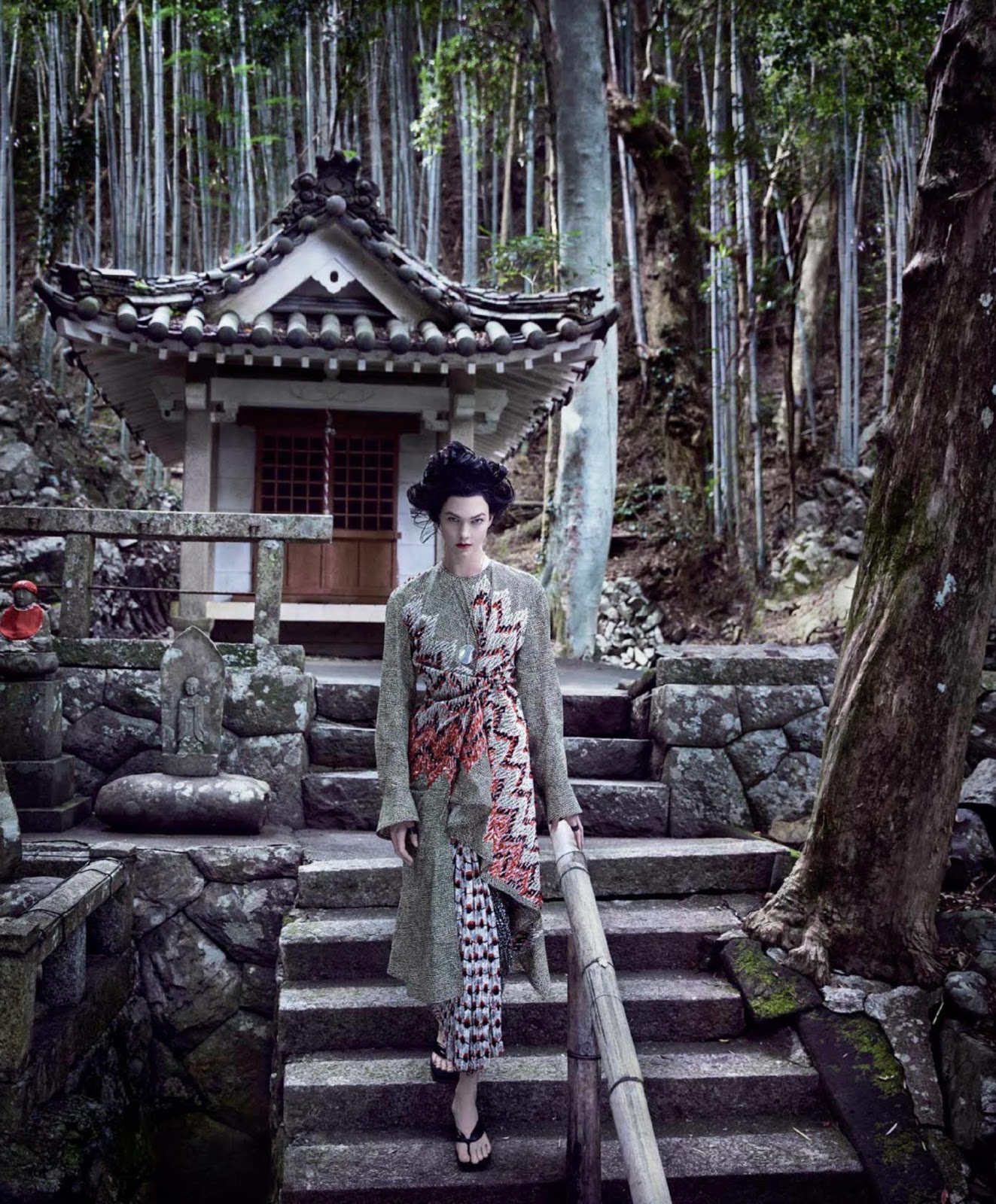
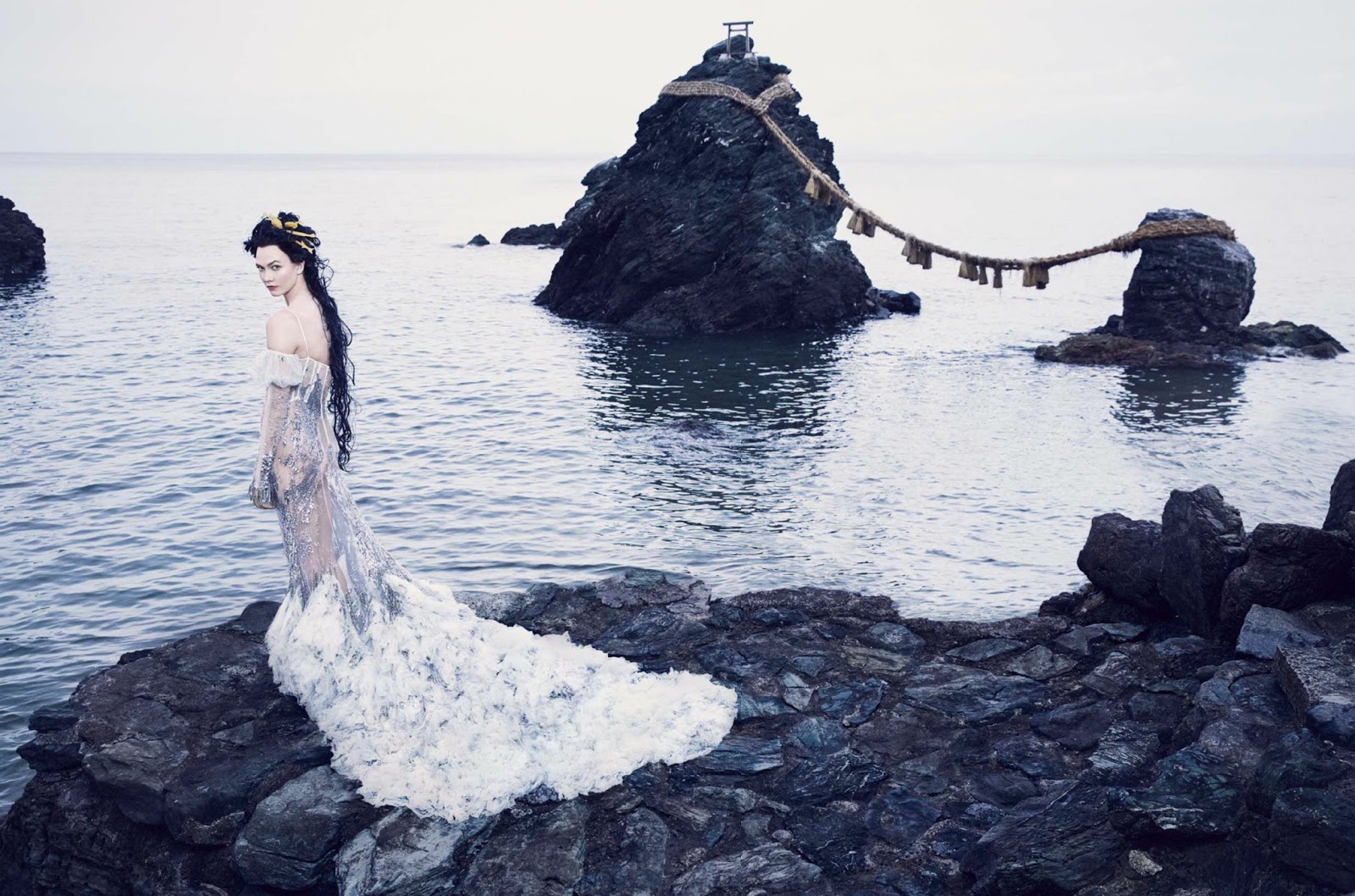
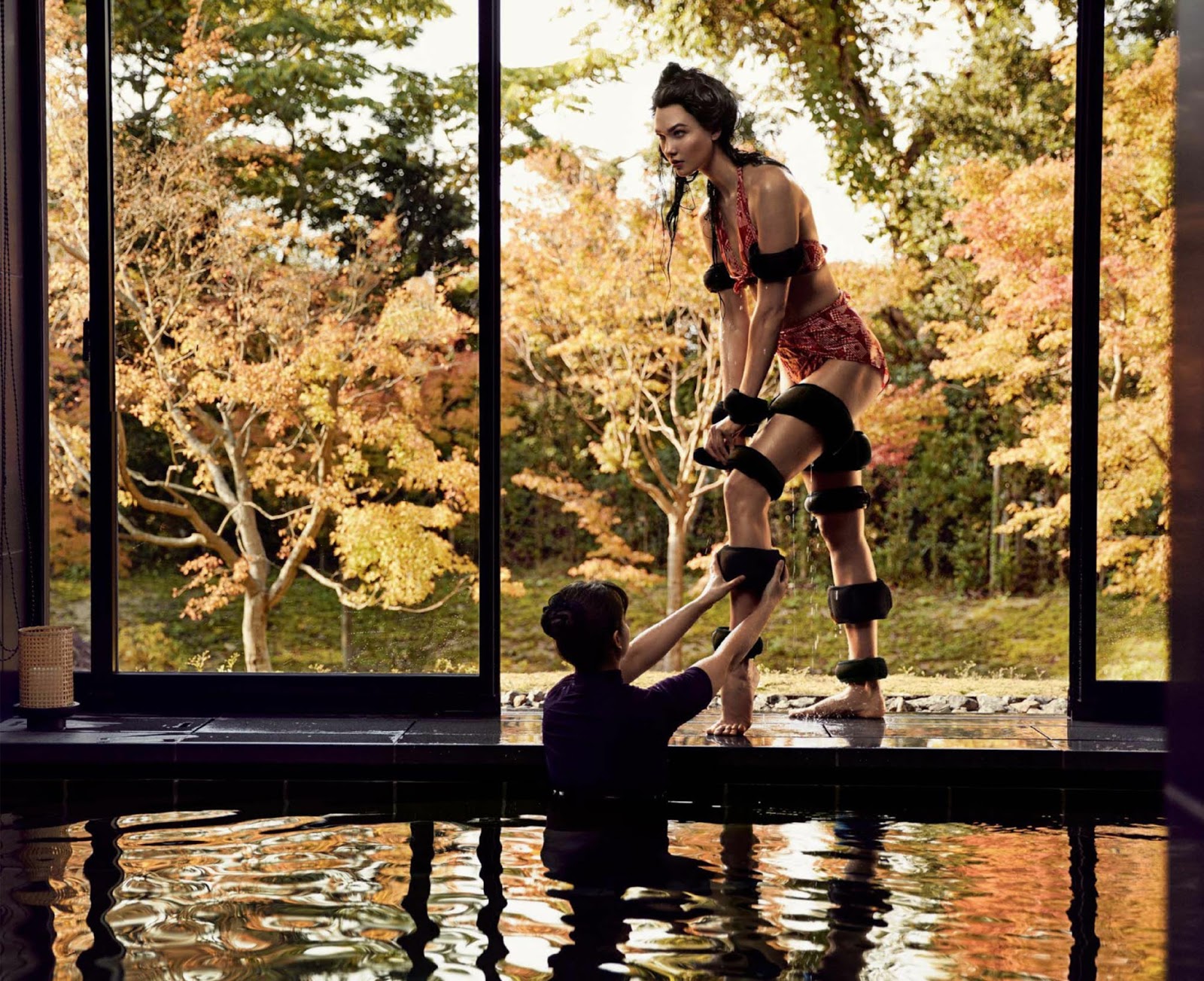
What a thought-provoking read. I’m with you – on the fence with this one, I can sort of see both sides. The reaction seems over the top (some people just like drama for drama’s sake I think) however I do think it was a thoughtless decision on Vogue’s behalf. I think it would have been more tactful and authentic to use a Japanese model, but really, does it matter as much as what the critics make it out to be? Another great read, thanks Kirra! Angela
LikeLiked by 1 person
Thanks for reading and for your thoughtful response!
LikeLiked by 1 person
[…] terms of what’s actually ‘wrong’ with using aesthetics from other cultures. See this post for an example of cultural appropriation in fashion and some arguments for and […]
LikeLike